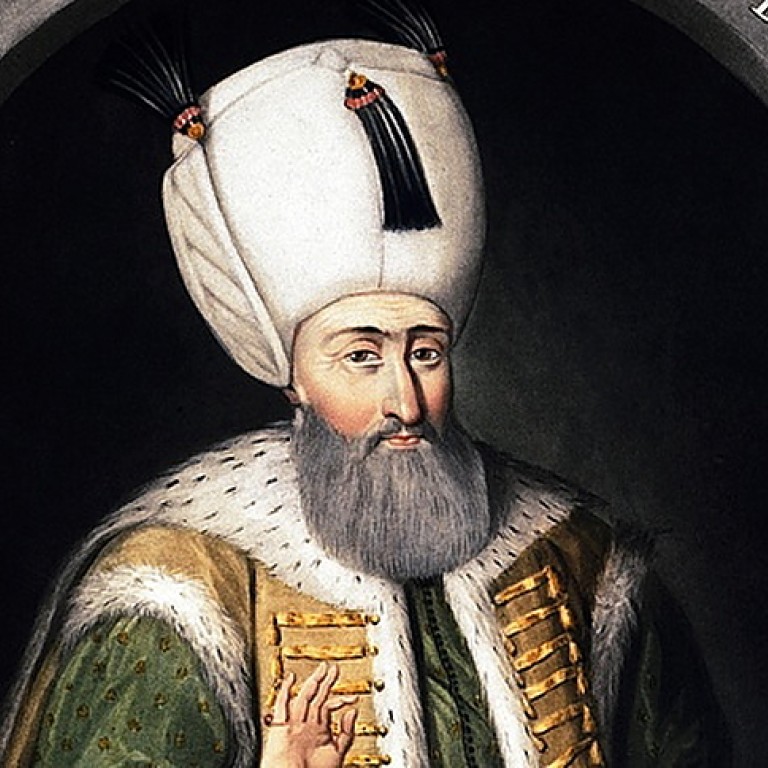
Suleiman the Magnificent’s tomb ‘almost certainly’ found in Hungary
The long-lost tomb thought to contain the heart of Ottoman Empire sultan Suleiman the Magnificent has “almost certainly” been discovered in Hungary, a researcher said after a presentation of the excavation findings.
The sultan, considered by historians as the greatest Ottoman ruler, died in 1566 as his army laid siege to a castle defended by Hungarian forces at Szigetvar, 190km south of Budapest, close to Hungary's present-day border with Croatia.
“You can bet that this is it, it’s practically certain,” said Norbert Pap, leader of the research team which began digging at the site in October.
Excavations, which have been halted for the winter, are expected to confirm the find once they resume in April, he said Wednesday.
Suleiman's body was brought for burial to Istanbul - Constantinople as it was then called - but, according to legend, his heart and organs were removed for interment at the place of death, Pap explained.
Objects and decorations on wall fragments uncovered so far match those on the Istanbul tomb, while the structure’s location matches historical drawings.
Pap’s team have been studying the site since 2013 and in October began digging at the exact spot believed to be where he died, aged 71, in early September 1566.
As well as the likely remains of the tomb, the dig has uncovered the remains of a mosque, a monastery, and other buildings, whose relative locations all fit with an Ottoman town called Turbek depicted on a medieval French map with the inscription: “Here lies Suleyman.”
“The find is remarkable as the town is unique for Ottoman Hungary,” said Pap, who works as a geography professor at the University of Pecs in southern Hungary, and who discovered Turbek in 2013.
“The Ottomans tended to occupy existing towns in the territories they conquered instead of building their own,” he said.
After the Austrian Habsburg Empire drove the Turks from Hungary at the end of the 17th century, both town and tomb were destroyed.
Born in 1494, Suleiman, whose reign from 1520 to 1566 was the longest of any sultan, greatly expanded the Ottoman Empire, annexing large swathes of the Balkans, the Middle East and northern Africa.
The digs - which have been supported by both the Hungarian and Turkish governments - will establish the exact locations of each structure as well as probe a wider area for more buildings.
“Everybody in Turkey wonders where the tomb is,” Sakir Fakili, Turkey's ambassador in Budapest.
“Now at last we are approaching the answer,” he said.

.png?itok=arIb17P0)